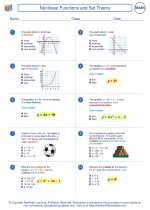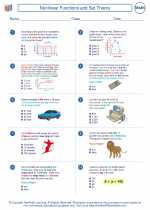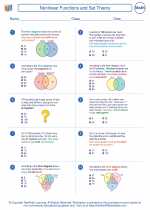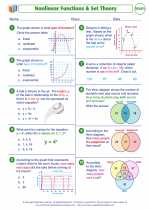Eliminate Bias
Bias refers to the tendency to favor one thing, person, or group over another, often in a way that is considered unfair. In the context of data analysis and research, bias can lead to inaccurate results and conclusions. To eliminate bias, it is important to use objective and fair methods in collecting, analyzing, and interpreting data.
Ways to Eliminate Bias
- Random Sampling: Use random sampling methods to select participants or data points. This helps to ensure that every member of the population has an equal chance of being included in the sample, reducing the potential for bias.
- Double-Blind Studies: In experimental research, double-blind studies help eliminate bias by ensuring that neither the participants nor the researchers know who is receiving the treatment and who is in the control group.
- Use of Control Groups: By including control groups in experiments, researchers can compare the effects of a treatment to no treatment, reducing the influence of bias on the results.
- Unbiased Language: When reporting findings or writing research papers, use unbiased language that does not favor one group over another. This includes avoiding stereotypes and discriminatory language.
- Peer Review: Have research findings and methods reviewed by peers to identify and address any potential biases in the study design or analysis.
Study Guide
As you study the concept of eliminating bias, consider the following questions and tasks:
- Define bias and provide examples of how bias can influence research and data analysis.
- Discuss the importance of eliminating bias in scientific research and decision-making processes.
- Explain the concept of random sampling and how it helps to reduce bias in data collection.
- Compare and contrast single-blind and double-blind studies, highlighting how they help to eliminate bias in experimental research.
- Explore the ethical considerations involved in eliminating bias, particularly in the use of unbiased language and fair treatment of research participants.
- Review case studies or examples of research studies that have successfully eliminated bias, and analyze the methods used to achieve unbiased results.
By thoroughly understanding the concept of eliminating bias and the methods used to achieve unbiased results, you will be better equipped to conduct fair and reliable research and data analysis in the future.
.◂Math Worksheets and Study Guides Seventh Grade. Nonlinear Functions and Set Theory
Study Guide Nonlinear Functions and Set Theory
Nonlinear Functions and Set Theory  Worksheet/Answer key
Worksheet/Answer key Nonlinear Functions and Set Theory
Nonlinear Functions and Set Theory  Worksheet/Answer key
Worksheet/Answer key Nonlinear Functions and Set Theory
Nonlinear Functions and Set Theory  Worksheet/Answer key
Worksheet/Answer key Nonlinear Functions and Set Theory
Nonlinear Functions and Set Theory  Worksheet/Answer key
Worksheet/Answer key Nonlinear Functions and Set Theory
Nonlinear Functions and Set Theory  Worksheet/Answer key
Worksheet/Answer key Parabolas
Parabolas 

 Worksheet/Answer key
Worksheet/Answer key
 Worksheet/Answer key
Worksheet/Answer key
 Worksheet/Answer key
Worksheet/Answer key
 Worksheet/Answer key
Worksheet/Answer key
 Worksheet/Answer key
Worksheet/Answer key

The resources above cover the following skills:
Algebra (NCTM)
Represent and analyze mathematical situations and structures using algebraic symbols.
Explore relationships between symbolic expressions and graphs of lines, paying particular attention to the meaning of intercept and slope.
Analyze change in various contexts.
Use graphs to analyze the nature of changes in quantities in linear relationships.